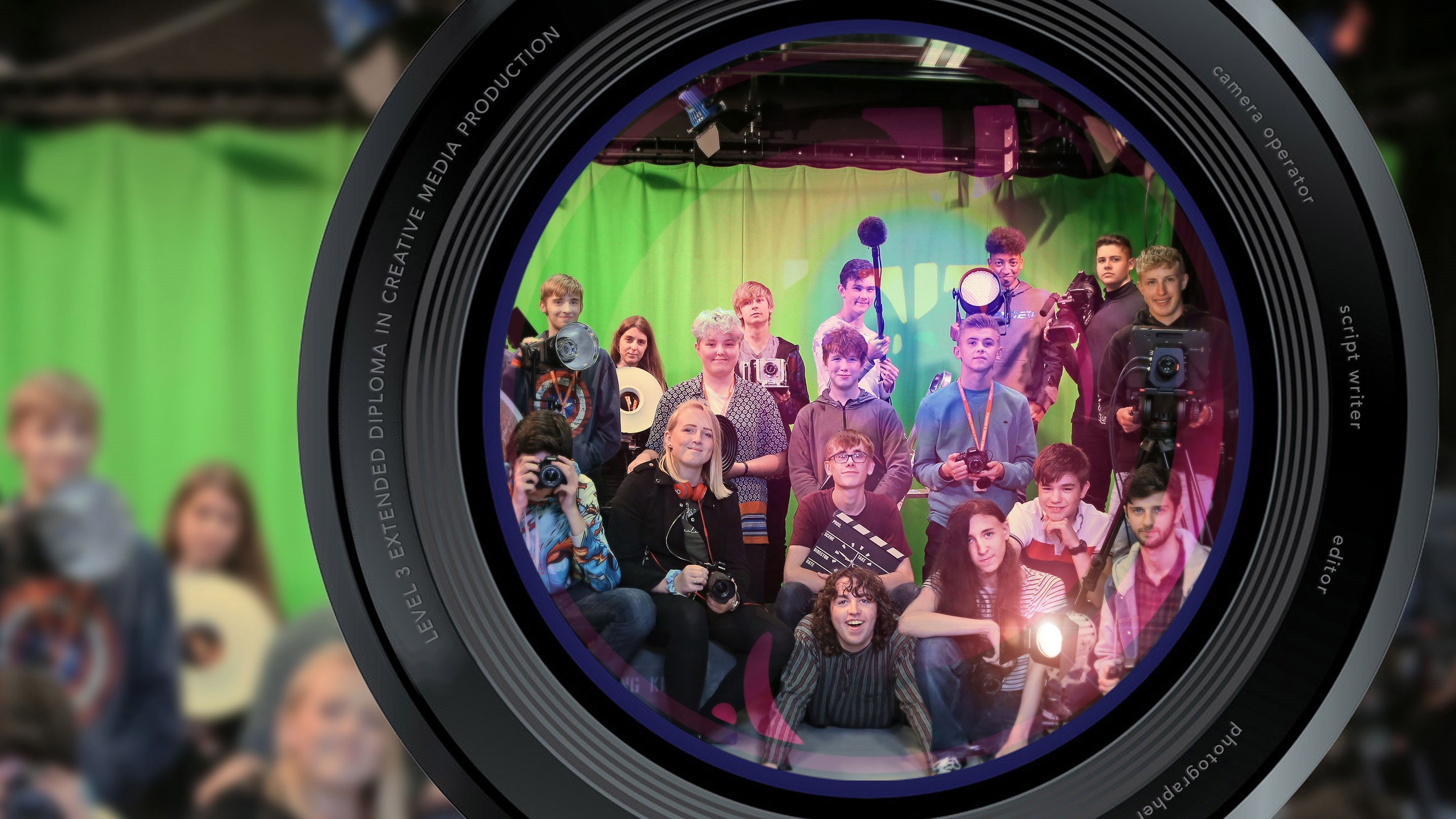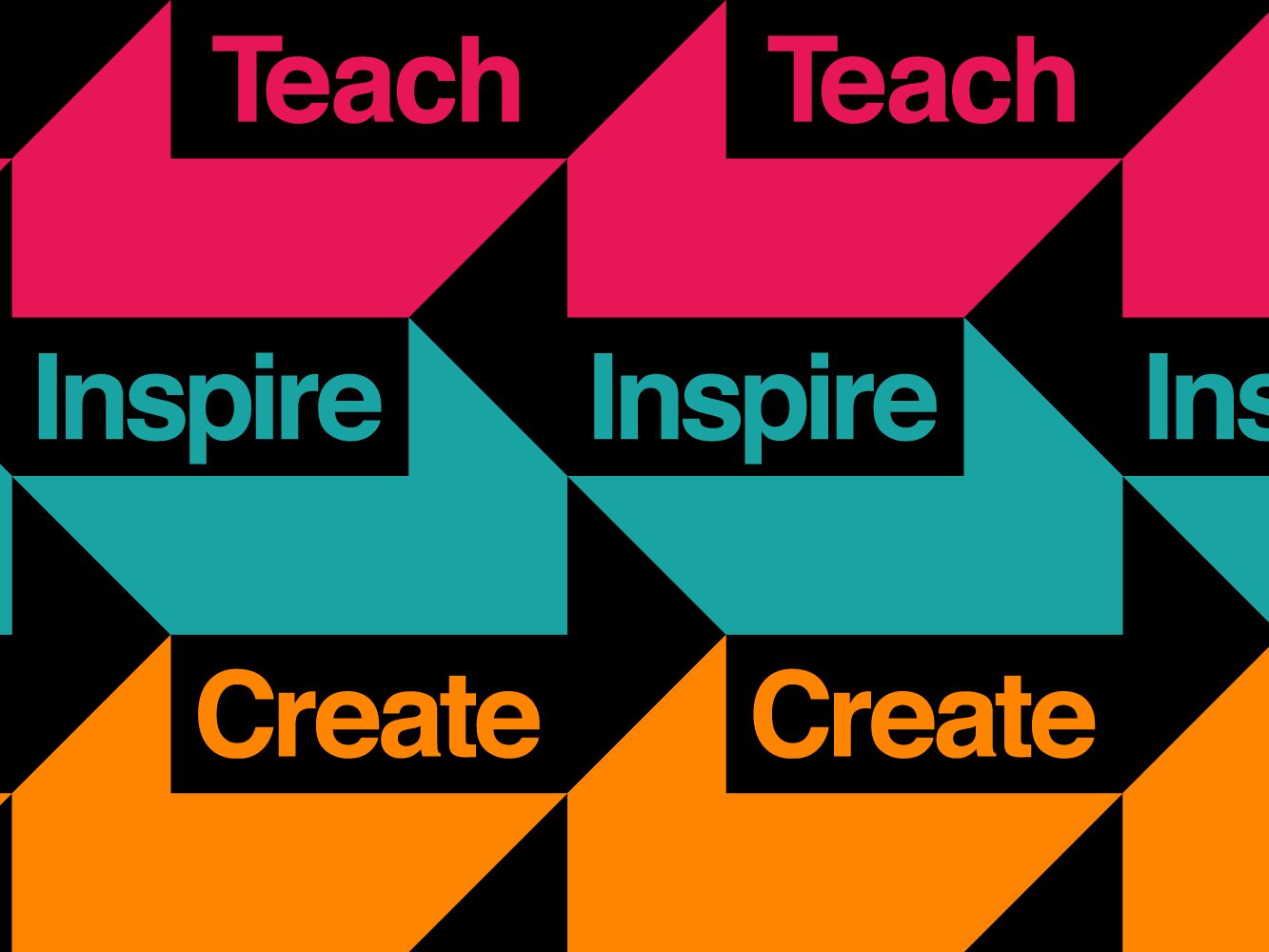Julian Watkiss worked as the Programme Leader for Creative Media at Bridgwater and Taunton College for many years, he is also a UAL Awarding Body Senior External Moderator and has recently been appointed as incoming Chief Examiner for Creative Media (starting March 2022).
Read this blog on how he feels UAL Creative Media qualifications encapsulate creativity, imagination and freedom:
Having taught a range of qualifications I have always been disappointed with the way most qualifications try to pigeonhole learners without focusing on the importance of individuality in creative education. However, five years ago I started delivering UAL Creative Media Production & Technology and it felt fresh and liberating.
I remember looking at the outcomes and criteria and thinking, what do they want to assess? Then it struck me, rather than demonstrating a basic set of technical competencies, the qualification was focusing on the design process and creative principles. In other words, it is teaching students how to solve problems and think creatively. This focus on creativity is far more valuable and desirable in employment, especially as technology starts to replace jobs in all industries including media.
So how exactly does UAL differ in its approach to assessing and delivering Creative Media Production?
UAL rewards imagination.
Delivering UAL qualifications has allowed me to assess a student’s imagination & critical thinking in the creation of new and meaningful ideas. Although I teach technical skills, most students can learn the majority of these on the internet. Imagination and creativity, however, are high-level attributes that differentiate the student.
Technology and AI are already replacing jobs and UAL promotes creative skills and thinking that cannot be easily replicated by technology. When assessing student work, the exemplification matrix uses words such as imagination, autonomy, perception, aesthetic awareness, flexible, maturity, ideas. These are student-centred terms and how a student perceives and achieves these might be very different from each other. Not to mention that these are transferable skills that offer more flexibility in future employment.
UAL promotes freedom.
Delivering UAL qualifications has allowed me to incorporate freedom to initiate and create, and importantly, a freedom to fail. Learning from mistakes is vital and lecturers must leave room in their delivery for students to recognise their own mistakes and failures. A student may complete lots of research, planning and undertake experiments, but still fail. Students need to recognise success in both frustration and failure. An atmosphere of freedom to fail and express ideas will help nurture new ideas from students.
For example, If a lecturer tells a student that an idea is too hard and unachievable, a good student may want to explore it anyway. They should challenge the ideas and rules and find out for themselves. Here is an example of a student who took on too much in a short amount of time and failed to submit the final video, but instead two days before made a quick animation about his learning from failure.
This student learnt so much through his freedom to fail, rather than if he had listened to my concerns and not attempted the project.
UAL incorporates play.
Perhaps the most inspiring talk I have ever heard about creativity was by John Cleese in which he discusses how creativity is not a talent, but a way of operating that can be learnt. He notes that Donald Mackinnon, a 70’s psychologist, identified that the most creative people were able to get themselves into a mood that allows their natural creativity to function. This particular facility was an ability to play. UAL rewards play and experimentation and I love seeing students playing with new ideas. For example, a student asked me if they could pour paint on their hands and see what they could do with it. This resulted in a successful client music video based on all his playful experiments.
This approach to play saw the student’s engagement flourish on the course. He went from achieving a pass on a previous qualification to distinctions and continued experimenting with new techniques and using me as someone to discuss the outcomes with.
UAL is about the journey.
Perhaps one of the most interesting features I have found with delivering UAL qualifications, is how flexible it is for both the student's assessment and the lecturers delivery ideas. Previous qualifications I taught restrict themselves by listing skills that must be demonstrated. However, if I want to quickly change a project or deliver something completely new I can. Creative media is rapidly changing, and my delivery plan can easily adapt with it as it focuses on the techniques of creative thinking, not the technical skills. If a growth area in media appears like TikTok or Twitch streaming, I can teach them without concern over my knowledge because the qualification rewards exploration and the student journey of learning. Using the design process students can undertake any project they like. This is particularly prominent in the FMP where students can be encouraged to undertake a project of their own choice. You are more likely to see success if a student is doing something they enjoy.
Teaching UAL qualifications is very empowering and it is a wonderful experience seeing students develop their autonomy, responsibility, and creative personality. My experience with UAL is that it represents the best qualification as it promotes a learning model far more suited to broadening creative industries.
Find out more about these qualifications in our online introductory Spotlight session on Creative Media qualifications on 26 January. In this session you will gain a detailed understanding of the qualifications and learn about the progression and career opportunities they provide for students.




